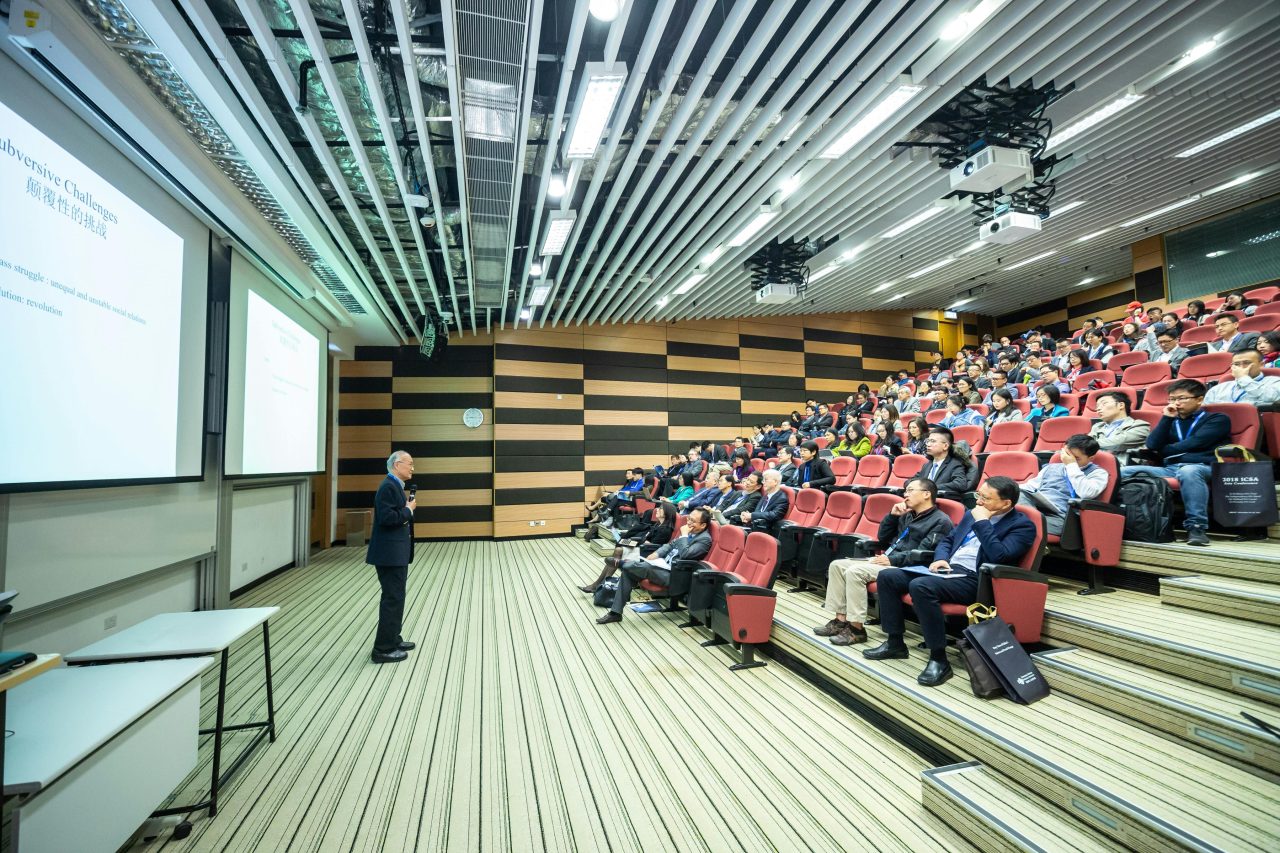Over the past decade, the field of computer vision has experienced monumental artificial intelligence (AI) breakthroughs. From the development of sophisticated object detection algorithms to the rise of convolutional neural networks (CNNs) for image classification, to artificial general intelligence, to innovations in facial recognition technology.
This blog will introduce you to the visionaries behind these achievements. We ranked these individuals in reverse chronological order. As we go down the list, we discuss the key contributions of every AI influencer. Each of these individuals serves as an inspiration for aspiring AI and ML engineers breaking into the field.
Introducing the Top AI Influencers
We ranked the 11 top contributors to computer vision based on several key factors:
- Impact of their research in the field of CV
- Contributions to computer and machine vision innovation
- Influence on the computer vision community
- Potential to shape the future of the field
10. Cassie Kozyrkov: A Top Voice in Data Science and Analytics
Cassie Kozyrkov is one of the AI influencers of this decade. She began her career in North Carolina at NC State and Duke University. Here, she studied statistics, neuroscience, and psychology.
This dedicated work extends beyond academia, where prominent organizations also recognize her influence. In recognition by LinkedIn, Kozyrkov received the #1 Top Voice in Data Science and Analytics in 2019.
Kozyrkov ‘s spot is secured on this list because of her research and because she energizes the community to push the boundaries of what’s possible with machine intelligence. Invited to deliver keynote speeches, Kozyrkov often appears at popular conferences like Web Summit. At these events, she pushes her audiences to continue learning about AI and make data-driven decisions.
Additionally, Kozyrkov is also an avid writer, with articles published in notable publications such as Harvard Business Review. Kozyrkov’s article, “To Recognize Risks Earlier, Invest in Analytics,” highlights the importance of analytics in early risk identification. This article appeared in the Harvard Business Review. Forbes has also recognized her efforts and featured her on the cover of the Forbes AI data science issue.
Kozyrkov is the former Chief Decision Scientist at Google Cloud. Her contributions have solidified her name as a visionary in data science, data analytics, and machine intelligence.
9. Daphne Koller: Leading the Way With AI Education and Biomedicine
Stanford computer science professor and co-founder, Daphne Koller, is taking the number nine spot. Daphne has significantly impacted academia and the online education landscape. Her compelling work in AI, especially in the biomedical field, demonstrates her impact.
We recognize Koller for her groundbreaking contributions to machine learning and probabilistic graphical models. Serving as a Professor in the Department of Computer Science at Stanford University, her research has enhanced the understanding and interpretation of complex visual data.
Beyond her academic achievements, Koller is a co-founder of Coursera. Coursera is an online learning platform that has changed education accessibility as we know it. Her leadership and commitment to education have played a pivotal role in presenting computer vision to a global audience.
Through Coursera, Koller has empowered students from diverse backgrounds to learn about computer vision. Her contributions to the field extend beyond scholarly pursuits, encompassing an impact on education and the broader technological landscape. Solidifying this influence, Koller received Time’s 100 Most Influential People recognition in 2012.
8. Andrej Karpathy: Tesla’s Renowned Computer Scientist
Andrej Karpathy, holding a Ph.D. from Stanford, has made substantial contributions to three of the world’s leading AI projects. His doctoral thesis studied the design of convolutional/recurrent neural networks and their applications across computer vision, natural language processing, and their intersections.
Karpathy began his journey with Google DeepMind, focusing on model-based deep reinforcement learning. Transitioning to OpenAI in 2016 as a founding member, he served as a research scientist, contributing to both theoretical and applied aspects of AI. This research significantly bridged the gap between academic exploration and practical applications of AI.
In June 2017, Karpathy joined Tesla, leading the team behind the Autopilot feature. Here, he leveraged convolutional neural networks for AI pattern recognition and object detection. In this role, he advanced the feature from lane-keeping to navigating complex city streets with Full Self-Driving Beta.

Beyond his impactful industry roles, Karpathy has played a key role in education. Karpathy served as the primary educator for Stanford’s Convolutional Neural Networks for Visual Recognition Class. His contributions to ML, deep learning, computer vision, and NLP underscore his influence in the rapidly evolving AI landscape. Thus, positioning him as one of the top AI influencers in the world.
7. Kaiming He: The Brain Behind ResNet
In discussing the most influential people in AI, this list wouldn’t be complete without Kaiming He. Kaiming is a distinguished computer scientist and a prominent public figure in computer science, deep learning, and computer vision. Earning his PhD from the Chinese University of Hong Kong, He later joined Facebook AI Research.
His most notable achievement is the development of Residual Networks (ResNets), which represents a monumental moment in deep learning, particularly computer vision. ResNets significantly improved the accuracy of image recognition and image segmentation systems.
Preceding the development of ResNets was the vanishing gradient problem. This occurred as a result of gradients shrinking as the output layers were backpropagated to the earlier layers. ResNet introduced “shortcut connections,” enabling the training of significantly deeper neural networks with reduced complexity, a feat once deemed unattainable.
Moreover, His influence extends to multiple high-impact projects, including Mask R-CNN and Focal Loss for Dense Object Detection, which received the ICCV Best Student Paper Award. These works further highlight his role in advancing the field of computer vision.
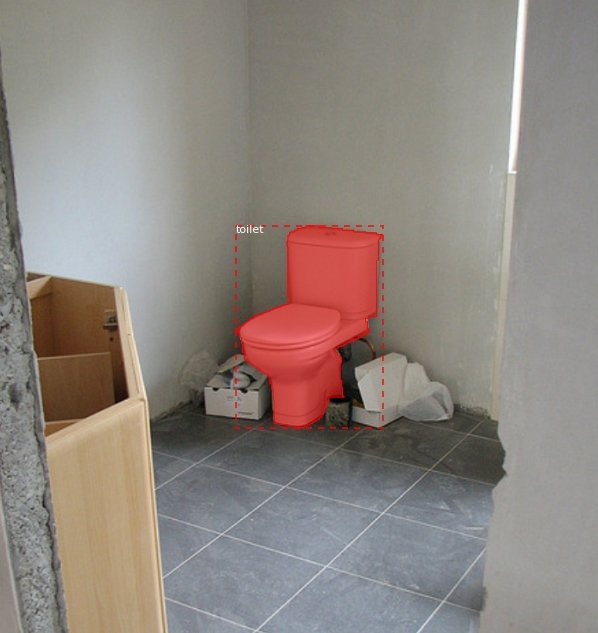
The significance of ResNets is notably seen by their role in various competitions, including ILSVRC & COCO 2015. This is where He’s team achieved first place in tasks like ImageNet classification, ImageNet detection, and COCO segmentation.
With such strong contributions to computer vision, there’s no doubt that He will continue influencing the AI community.
6. Fei-Fei Li: Visionary Creator of ImageNet
Fei-Fei Li is a professor in Stanford University’s computer science department and co-director at Stanford’s AI Institute. Renowned for her pivotal contribution to ImageNet, an expansive visual database, Li’s groundbreaking work has significantly propelled computer vision research.
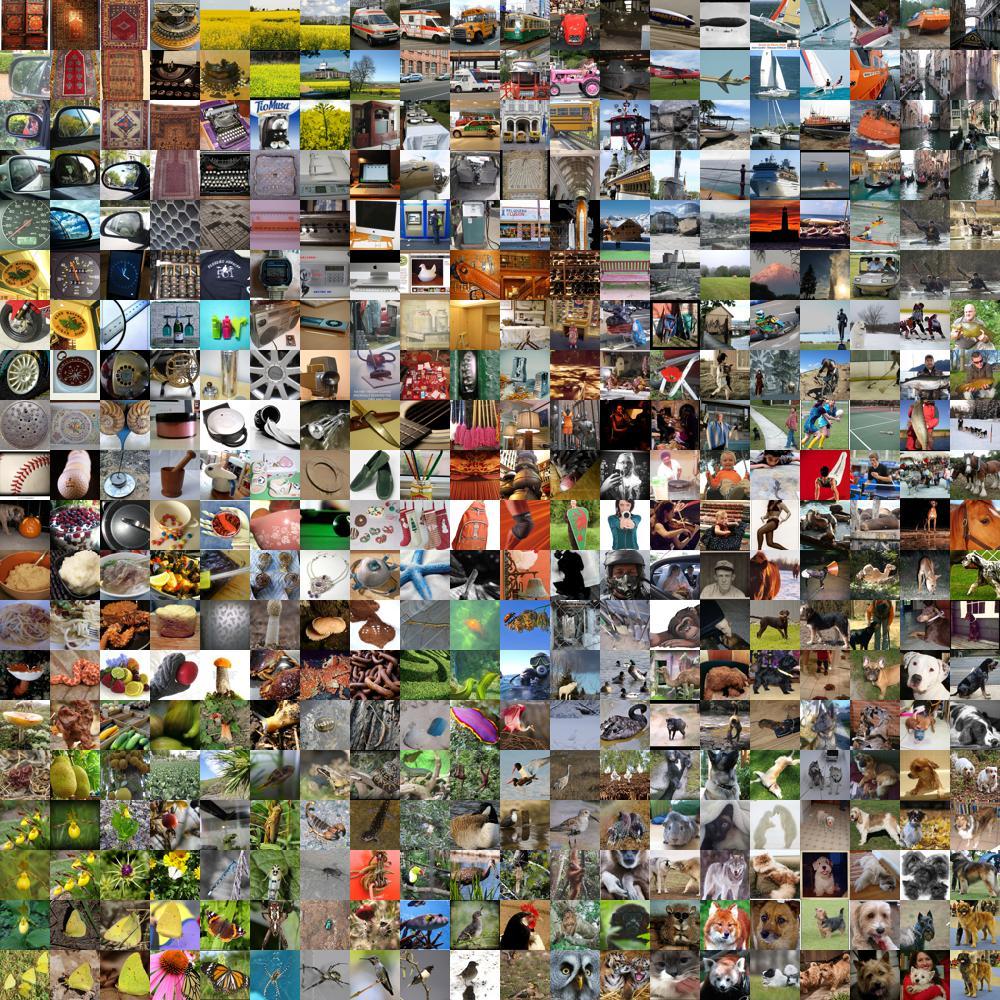
ImageNet stands as a key achievement, boasting an extensive collection of annotated images. This database has profoundly shaped the landscape of machine learning algorithms, elevating algorithms’ capability to recognize and process diverse images.
In 2017, emphasizing her commitment to diversity and inclusion in AI, Li co-founded a non-profit, AI4ALL. The organization aims to educate and empower the next generation of AI practitioners and leaders from diverse backgrounds. Thus, placing a strong emphasis on the values of inclusion and ethical considerations in AI.
Li’s achievements and dedication to promoting diversity in AI underscore her influence, positioning her as one of the top figures in the field.
5. Geoffrey Hinton: Renowned Neural Network Scientist
Recognized for his groundbreaking contributions to artificial intelligence, Geoffrey Hinton secures the 5th spot as an AI influencer. As a computer scientist and cognitive psychologist, Hinton notably discussed the backpropagation algorithm in a seminal 1986 Nature paper. This significantly enhances the training process for multi-layer neural networks.
In 2000, Hinton introduced his idea for Capsule Networks. This idea effectively combined segmentation and recognition, resulting in a unified process of better modeling hierarchical relationships.
Additionally, Hinton played a pivotal role in the development of AlexNet for the 2012 ImageNet challenge. Here, he showcased the practical application of deep learning in image classification. His co-invention of Boltzmann machines provided key insights into unsupervised learning through deep neural networks. Functioning as a stochastic system, the Boltzmann machine is instrumental in modeling intricate patterns within datasets, contributing greatly to advancements in unsupervised learning.
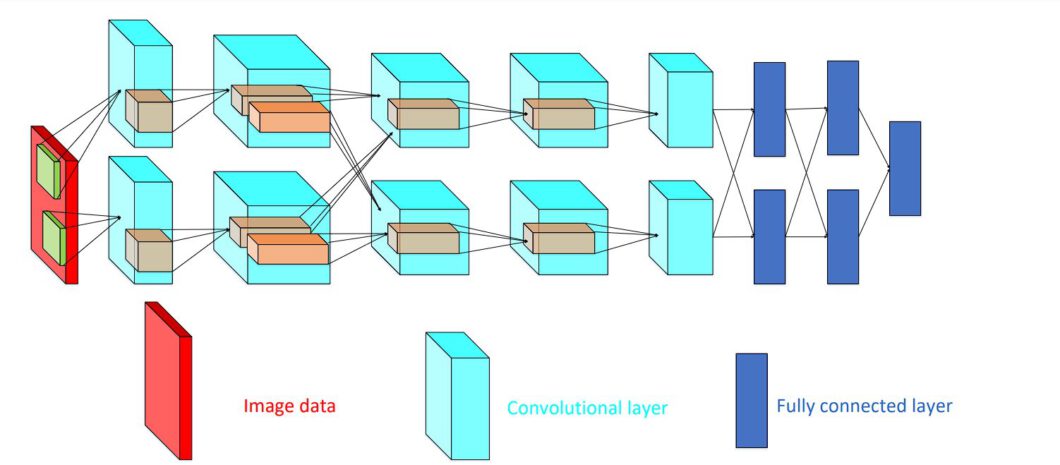
Hinton received the Turing Award in 2018, a testament to his work, particularly, in the domain of deep learning techniques emulating brain-like neural networks. Hinton’s extensive body of research spans over 200 peer-reviewed papers. These include, “ImageNet Classification with Deep Convolutional Neural Networks” in 2012 and “Deep Learning” in 2015, co-authored with Yann LeCun and Yoshua Bengio.
The Royal Swedish Academy of Sciences awarded Hinton and his colleague John J. Hopfield the 2024 Nobel Prize in Physics “for foundational discoveries and inventions that enable machine learning with artificial neural networks.”
4. Ian Goodfellow: A Pioneer in Adversarial Machine Learning
In spot number four, we have Ian Goodfellow. Goodfellow has made remarkable contributions to the field of computer vision, especially with his work in adversarial machine learning. His invention of Generative Adversarial Networks (GANs) in 2014 profoundly impacted the world of AI.
GANs introduced a novel approach to generating realistic images by pitting two neural networks, a generator, and a discriminator, against each other. This adversarial process significantly improved the quality of generated images and the possibilities of artificial image creation.
Beyond GANs, Goodfellow’s impact on computer vision extends to his roles at Google Brain and Apple. During his tenure at Google Brain, Goodfellow was central in the development of AI-powered tools. His involvement in creating Google Maps demonstrates the direct influence of his work on millions of users globally.
In addition to his practical contributions, Goodfellow’s academic endeavors cannot be understated. As the author of the “Deep Learning” textbook and contributor to “Artificial Intelligence: A Modern Approach,” he has helped shape the AI educational landscape. Goodfellow’s contributions, spanning theoretical advancements, practical applications, and educational initiatives, solidify his position as one of the leading AI influencers in the field of computer vision.
3. Yann LeCun: The Founding Father of CNNs
Yann LeCun is one of the most popular leaders in machine learning, computer vision, mobile robotics, and computational neuroscience. His significant contributions to modern AI, particularly through the development of convolutional neural networks (CNNs), earned him a Turing Award. As a result, LeCun is widely known as the founding father of CNNs. CNNs, a pillar in computer vision, efficiently process data with grid-like topologies.
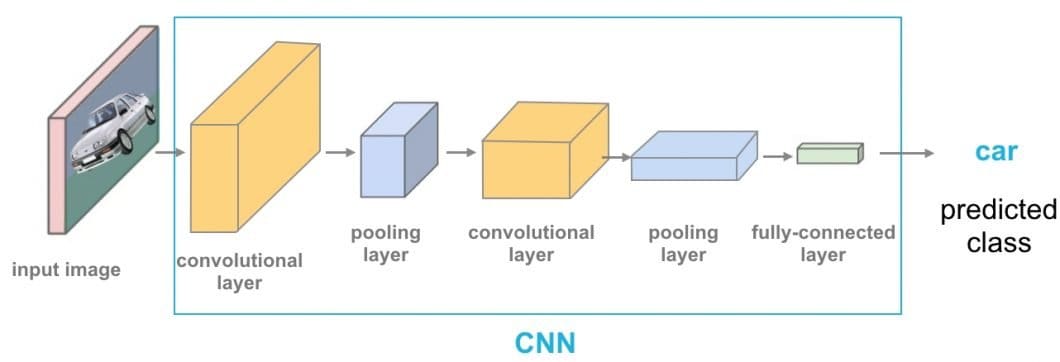
In addition to his work in neural networks, LeCun achieved a milestone with the development of DjVu. An advanced image compression technology, DjVu allowed for storage optimization without compromising image quality.
LeCun’s journey includes a role at AT&T Labs, where he headed the image processing research department. In this position, he focused on CNNs and DjVu. His leadership extended to the founding of the New York University Center for Data Science in 2012, where he influenced the curriculum and research.
Transitioning to Facebook (now Meta) in 2013, LeCun served as the first Director of AI Research and is now the Chief AI Scientist. In this role, he led efforts to advance artificial intelligence and machine learning technologies. Yann LeCun’s relentless commitment to advancing computer vision techniques solidifies his well-deserved spot number three.
2. Demis Hassabis: AI Innovation at DeepMind
Demis Hassabis, the CEO and co-founder of DeepMind takes spot number two. Hassabis stands at the forefront of AI research with his contributions to integrating systems neuroscience with machine learning. With this, he aimed to create more versatile and adaptive learning algorithms.
Established in 2010, DeepMind is dedicated to developing versatile general-purpose machine learning algorithms. One of its notable achievements is AlphaGo, a powerful, intelligent system capable of outperforming professional Go players.
In a historic match in 2016, AlphaGo defeated the world Go champion Lee Sedol by four games to one. This victory challenged traditional AI approaches and demonstrated that AI systems could possess superior problem-solving and strategic thinking capabilities.
Hassabis has also played a pivotal role in the creation of the Neural Turing Machine. This AI model merges neural networks with the fundamental principles of Turing machines. This integration enhances machines’ capacity to learn from and retain data, marking a significant advancement in AI capabilities.
Finally, Hassabis’s emphasis on tech safety research underscores his commitment to developing responsible high-tech AI software. His influential work continues to push the boundaries of AI while focusing on ethical considerations in its development.
1. Andrew Ng: Pioneering AI Advancements
Andrew Yan-Tak Ng secures our number one spot as the most influential person in computer vision.
He is a prominent computer scientist and entrepreneur known for his extensive work in artificial intelligence (AI) and machine learning. He co-founded Google Brain and was a former Vice President and Chief Scientist at Baidu. Ng is known for co-founding Coursera, Landing AI, and DeepLearning.AI, driving the democratization of deep learning by teaching over 2.5 million students online. A principal data scientist to several companies, he’s been recognized by Time magazine and Fast Company as one of the most influential and creative people in the field.
At Google Brain, Ng played a crucial role in advancing cutting-edge deep learning. These advancements include pioneering large-scale deep learning algorithms, computer vision, and speech recognition. Notably, the large neural network developed under his guidance, with 1 billion parameters, achieved success in the “Google Cat” project. In this project, the neural network learned to detect cats from unlabeled YouTube videos.
Ng’s leadership at Google Brain significantly advanced deep learning in areas like autonomous vehicles. In 2008, he pioneered the use of GPUs for deep learning, capitalizing on their computational efficiency to manage large datasets and complex matrix operations essential for deep learning in computer vision tasks.
The widespread adoption of GPU computing in AI significantly sped up the training of deep neural networks, accelerating the progress of computer vision. In 2018, Ng established the AI Fund and founded Landing AI, focusing on integrating computer vision in manufacturing.
There he set up several research teams for things like facial recognition and Melody, an AI chatbot for healthcare.
Who Will be the Next Computer Vision Influencers?
In the next decade, the new influencers will be from diverse backgrounds, bringing fresh perspectives and innovative approaches to challenge tech industry norms. As technology continues to advance, the intersection of large data analysis, computer vision, and artificial intelligence promises innovative breakthroughs and applications across various industries. The efforts of influencers set the stage for solving complex challenges and pushing the boundaries of what’s possible with AI.
We look forward to seeing where these influential figures take responsible AI and ethical AI in the future.
